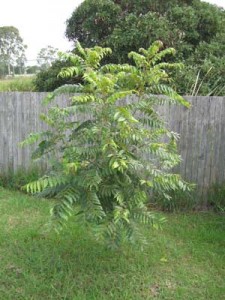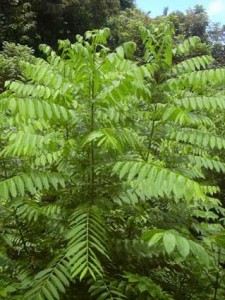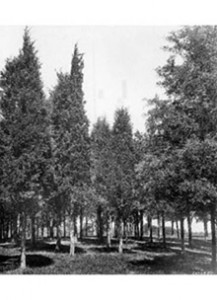Cedar is used in many different projects in woodworking. There are humidors and cigar boxes made of Spanish cedar, closets and blanket chests lined with Eastern red cedar, and even your carpenter’s pencil is more likely than not made of incense cedar. There is one small problem, however; none of these commercial woods are, in fact, cedar.

I’ve talked about this before. The lumber industry has always been happy to name a wood anything to take advantage of a market, or to describe a wood that was similar to another. So, it appears that any resinous and/or aromatic wood coming from mostly evergreen trees has been dubbed “cedar.”

There are only four true cedars in the world and all carry the genus name of Cedrus (from the Greek work Kedros which means “resinous wood”). Cedrus are in the pine family (Pinaceae) and naturally occur in species specific habitats in Morocco to Lebanon and Syria and in the Himalayas of Pakistan and India. They have short needles similar to pine or hemlock. We rarely, if ever, see lumber from these species in the United States.
The other “cedars” are not. White cedar, incense cedar, Port Orford cedar, Eastern red cedar, and Western red cedar are all in the Cypress family (Cupressaceae).

Most unexpectedly, Spanish cedar, Australian red cedar, and Ceylon cedar are members of the Mahogany family (Meliaceae)! They are broadleaved trees which bear no resemblance at all to the cedars and cypresses other than the aromatic nature of their wood. The one thing that sets their wood apart from the others, though, is wood resins. Like other cypresses, the “cedar” cypresses have varying degrees of resin in their woods which has to be dealt with when working with it. So do the true cedars. The Mahogany cedars, however, do not. So, it pays to know which family your “cedar” comes from.






